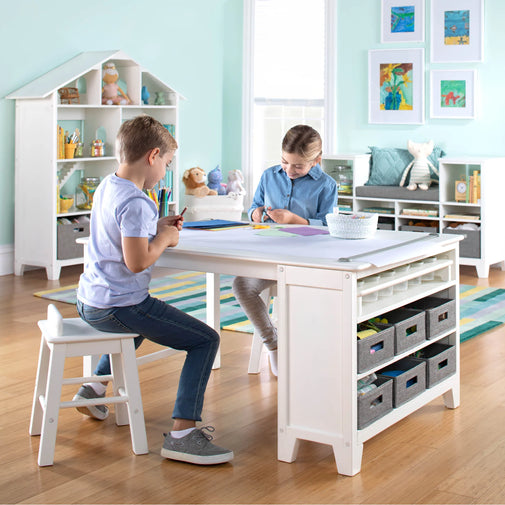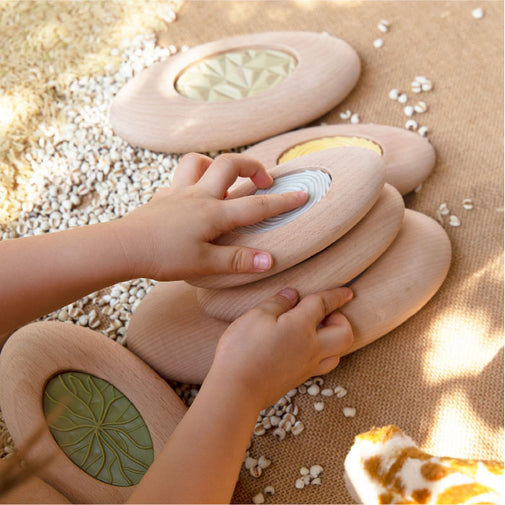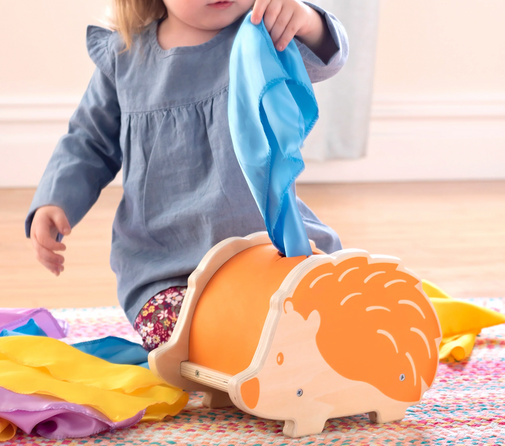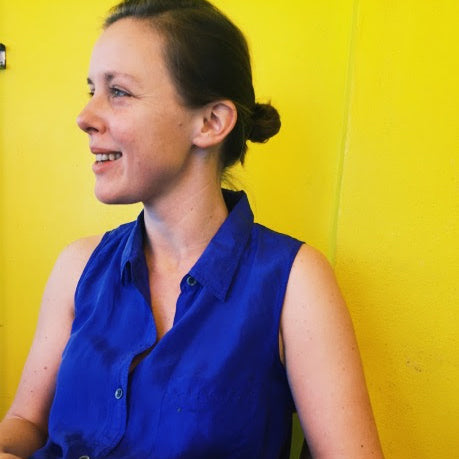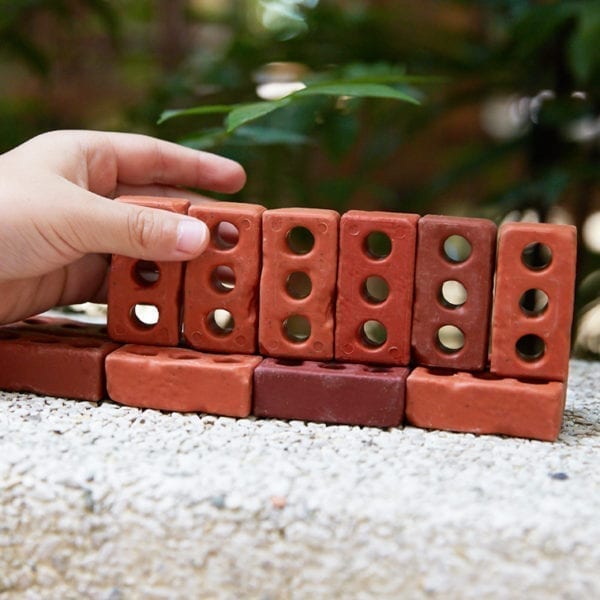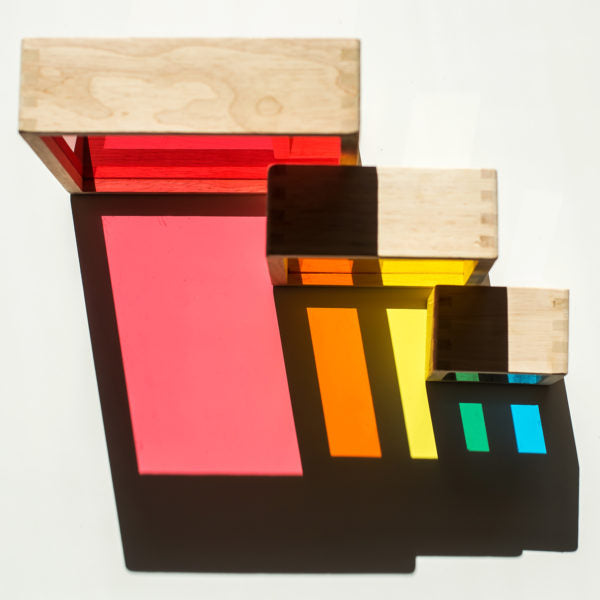Invitations to Play

There are a few approaches to offering materials to children for play and exploration. There are toys and materials that are accessible to kids in those bins, bags, and boxes. There are the structured plans: a craft or an activity, designed to be followed (roughly) step by step. Then there is something in the middle: a bit of curation but open to possibility, surprise, and personal connection. I use all these approaches from time to time, but I can most often be found in the middle, acting as curator, creating a little invitation to play.
I ask myself a few questions when I want to create an invitation for play.
What materials can I combine to spark playful curiosity? Do I know what interests these children, and how might materials help them expand on those interests? If there are children of multiple ages with different motor abilities and needs, what materials will work for everyone? Above all: what will be a clear and irresistible invitation to interact?

I had my own curious experience with an invitation last year, pulled in by wonder and awe. I visited the High Museum of Art in Atlanta, and I was spellbound by a piece by Anish Kapoor: a large, concave dish made of reflective fragments that, from afar, looked shiny but not quite extraordinary.
As I took my slow stroll around the room, looking at different pieces, I saw someone moving in a curious way in front of the mirrored piece. They shifted from one foot to the next; took a small step back and a step forward; tilted their head. When they moved away, I moved in, and found myself exploring.
It was a playful experience with space, reflection, and my own movements. Something that seemed so ordinary was actually novel: I had never seen reflection manipulated quite like that. The tiniest movements I would make would distort the image and the light and the color: I could have spent hours engaged with this magical, reflective dish.

The artist had the viewer in mind, obviously, thinking about their experience. Likewise, we should have children in mind when we make a play offering. We don’t need to tell children to play – it is their resting state. Drawing them in to a new material, though, can sometimes require a little spark. Creating an invitation to interact, on a table or the floor or outdoors, can provide a jumping off point that has a bit more footing than the everyday materials on the shelf.
I like to try and offer something that seems a little magical: mirrors are a lovely way to do that. Mirror Blocks and Rainbow Blocks together, in a simple stack, can play tricks on the eyes: are they transparent or reflective? If a simple stack of a few blocks from each collection are on a table, or on the floor in a puddle of sunlight, when a child enters the room, will they wonder enough to change or add to the structure? To find another complimentary material in the house? The sizes and shapes are complimentary so they make a natural pairing.
We know children want to play with interesting materials: sometimes it’s nice to be invited.



